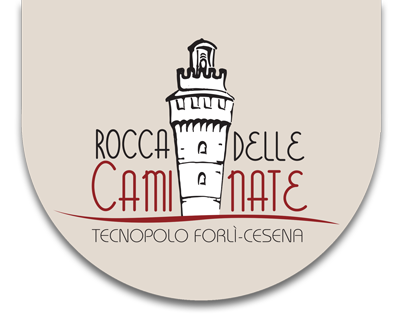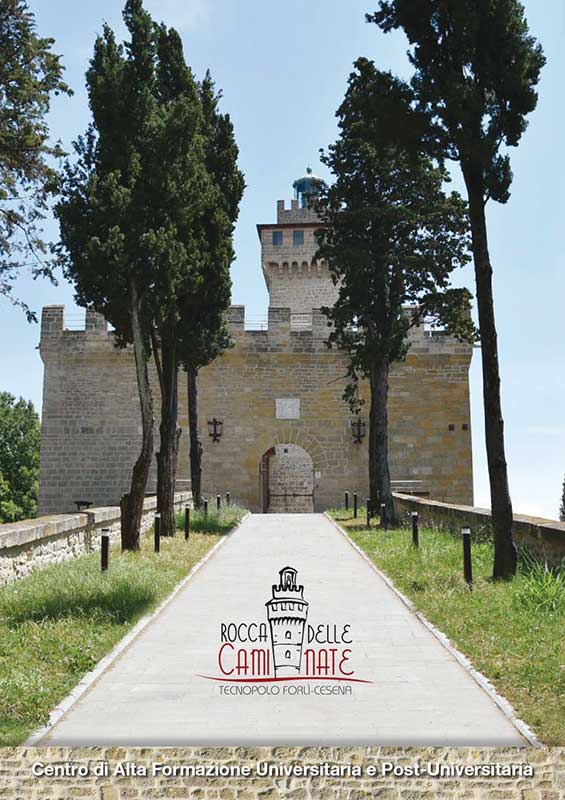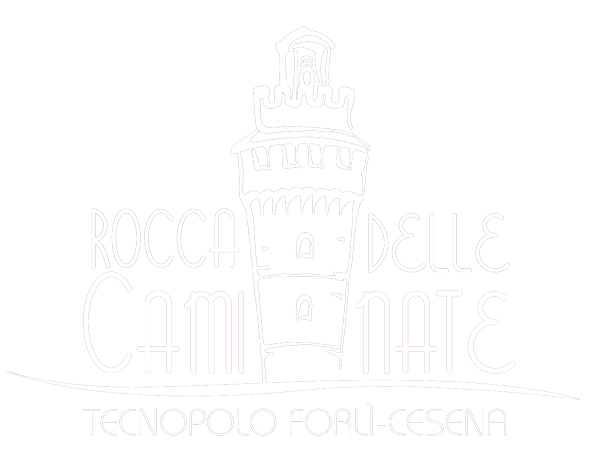Rocca delle Caminate over the centuries
Studies carried out over the years place the origins of Rocca delle Caminate around the year 1000. The castle may have been built on a pre-existing village or Roman fortress site. Several hypotheses have been made on the origin of its name: one links it to a wall walk (“camminata”) behind the crenellations, while another refers to the existence of rooms equipped with fireplaces (“camini”). The most evocative one would connect the origin of the name to the existence of furnaces with their own chimneys (“camini”), used in the surrounding area to produce building lime from local limestone rock called “spungone”. Be it as it may, the name “Rigone Caminate” appears in official acts as early as 1177.
Due to its strategic position overlooking the valleys of the Rabbi and Bidente rivers, and the military function one can glean from its original design, the castle has had a troubled history, involving important Italian families, such as the Belmonti, Ordelaffi, Malatesta, Borghese-Aldobrandini and Doria Pamphili. The latter family rented out (or granted in emphyteusis) the castle to the Baccarini family of Forlì in 1834. The Dalle Vacche family of Forlì were its last owners: in 1870, to conclude the long cycle of destruction and reconstruction, a violent earthquake struck the Romagna region and the building was badly damaged. After fifty years left to itself, the castle was reduced to little more than a pile of rubble.
The early twentieth century and the Mussolini era
In 1923, the Superintendent of Medieval and Modern Art for the Emilia and Romagna regions, in collaboration with the architect Luigi Corsini and the engineer Sesto Baccarini, planned a restoration project so that the castle could serve as a residence for the then head of the Italian government Benito Mussolini. For this purpose, a special Committee collected about 70,000 signatures accompanied by economic offers for a total sum of 530,000 lire, through the so-called “Littorio loan”. This sum was equivalent to that payed beforehand by the State and, after the castle was purchased, it enabled the project to be carried out. Restoration works began in June 1924 and ended in October 1927. The inauguration took place the same year on October 30th in the presence of the Minister for Colonies, Federzoni.
The castle, fully refurbished, was then used by Mussolini as a summer residence, but also hosted events and meetings attended by heads of state, ambassadors and authorities. On 28 September 1943, the castle hosted the first meeting of the Council of Ministers of the Italian Social Republic, with the presence of Mussolini. A wide space was reserved within the building for the collection of memorabilia and gifts, and to make the structure ever more visible, a tricolour lighthouse was installed on the tower. With the power of 8000 candles, the lighthouse could be seen from a distance of over 50 kilometres. The adjacent barracks, which housed the guards, is sadly known as a place of imprisonment and torture during the Italian Resistance.
The late twentieth century and the valorisation process
In 1962 Rachele Guidi, Mussolini’s wife and owner of the castle, after buying it from her husband in 1932, sold it to the “Opera Nazionale Maternità ed Infanzia” (National Agency for Maternity and Infancy) which, despite their intention, failed to find an appropriate use and put it back for sale. Thus, in 1971 the Provincial Administration of Forlì bought it for the price of 48 million lire. This decision was taken not only to protect a heritage site of great historical interest, but also to discourage anyone from taking advantage of its symbolic value. Until 1982, no restoration initiatives were implemented.
It was only in the following years that a discussion was set in place on the possible uses of the castle and partial interventions were carried out to safeguard and consolidate its structural integrity, which later on involved the castle’s walls, too. During the (often lively) debate on the future uses of the castle, different hypotheses were considered, ranging from a study centre for the environment, to conference venue, museum and restaurant. But it was only after 2007 that a successful proposal was made to create a EU-funded research Technopole. The Province of Forlì-Cesena made available dedicated resources that supplemented the EU funds, enabling full restoration work and making the whole property accessible today.



